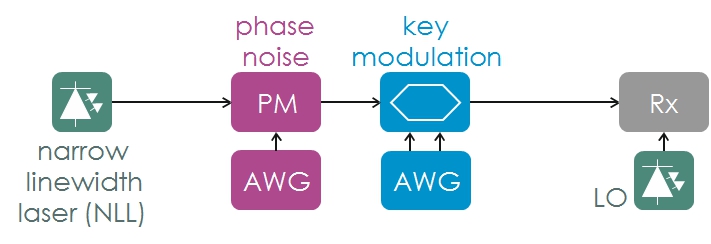

Secure optical communication
Adaptive coherent receivers for quantum communication with machine learning
Motivation
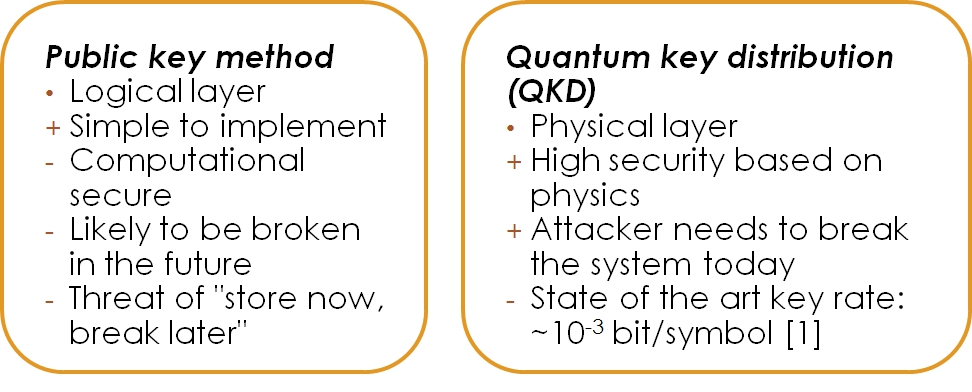
QKD principle
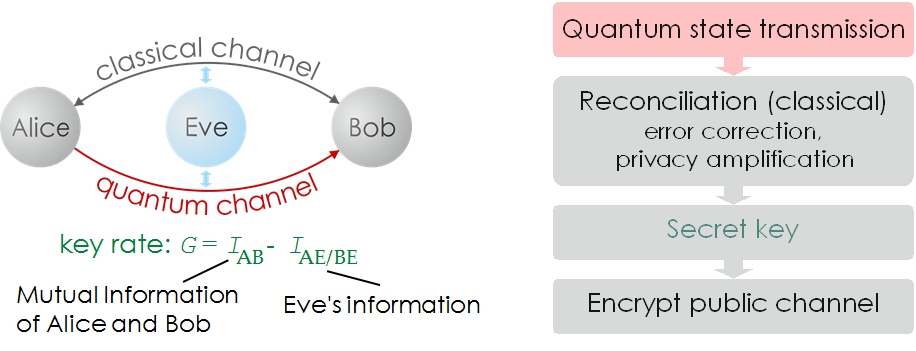
Adaptive homodyne receiver
Due to the Heisenberg uncertainty relation a lower phase uncertainty and hence a lower error probability is achievable by measuring the phase quadrature only ( m-PSK signals). A balanced homodyne detection with an adaptively controlled local oscillator phase is needed. During each signal pulse the local oscillator phase is adjusted by a controller to extinguish the BHD photocurrent. The output signal of the controller contains the phase information.
Displacement Receiver
Applying m-PSK signals the displacement angle (LO phase, Fig. 1) has to be adjusted m-times during one symbol period to probe all signal states. Advanced probing strategies accessible through adaptive feedback.

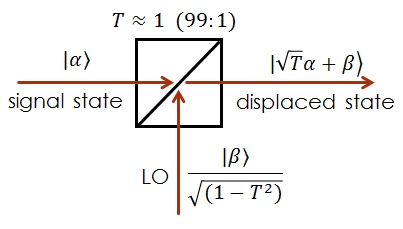
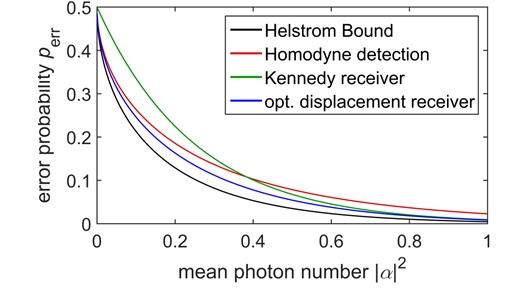
Machine learning techniques for heterodyne quantum communications*
Experimental investigation of the influence of laser phase noise
- Detailed laser statistics have to be taken into account. The experimental variation of all rate equation parameters is therefore necessary.
- Characterization of the adaptive receivers and machine learning techniques with the above setup
QKD Demonstrator
- At the end of the project, the adaptive receivers and machine learning techniques are evaluated and compared. Based on this, a QKD demonstrator is built, which employs the most promising approach

- Implementation of error correction based on LDPC codes
- D. Huang, H. Peng, L. Dakai and Z. Guihua,
Long-distance continuous-variable quantum key distribution by controlling excess noise, Nature Scientific Reports, 2016 - R.S. Kennedy,
MIT Research Laboratory of Electronics, Quarterly Progress Report No. 108, 1973 - C. Wittman, M. Takeoka, K. N. Cassemiro, M. Sasaki, G. Leuchs and U. L. Andersen,
Demonstration of Near-Optimal Discrimination of Optical Coherent States, Phys. Rev. Lett., 2008 - M. Piels, M. I. Olmedo, W. Xue, X. Pang, C. Schäffer, R. Schatz, G. Jacobsen, I. T. Monroy, J. Mørk, S. Popov and D. Zibar,
Laser Rate Equation-Based Filtering for Carrier Recovery in Characterization and Communication, Journal of Lightwave Technology, 2015
Persons involved in this project:
Dipl.-Wirtsch.- Ing. S. Kleis , M.Sc. M. Rückmann , Univ.-Prof. Dr.-Ing. C. G. Schäffer
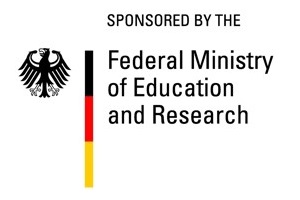
Co-operation partner:
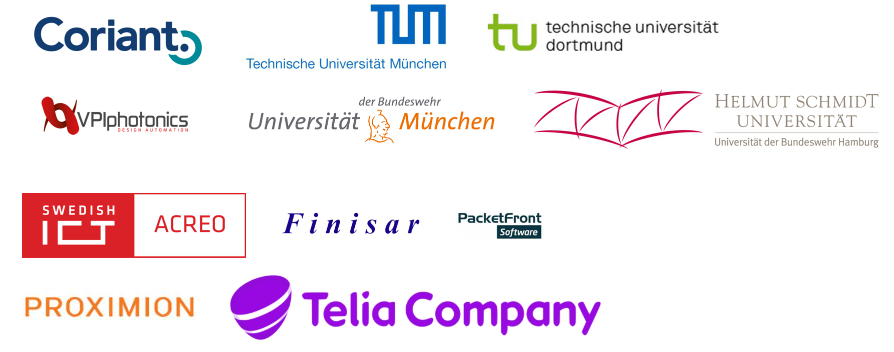
Letzte Änderung: 16. November 2017




